#AI Helps Decipher First Text of Unreadable Ancient Herculaneum Scroll
Explore tagged Tumblr posts
Text
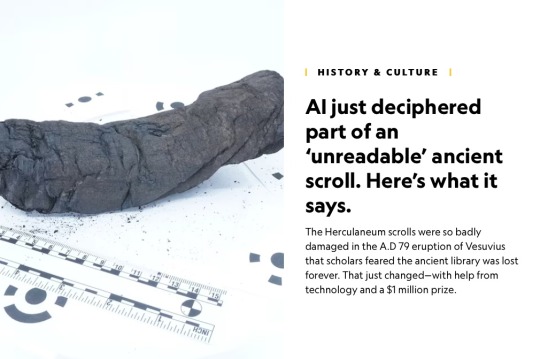
AI Helps Decipher First Text of Unreadable Ancient Herculaneum Scroll
With the help of artificial intelligence, a colorful ancient Greek word has emerged from a text damaged in the A.D. 79 eruption of Vesuvius, marking an important milestone in the centuries-long attempt to decipher an unparalleled ancient library assumed to be lost forever.
That word, πορφύραc, referring to purple dye or purple-colored clothes—a color closely associated with royalty and power—comes from one of the famed Herculaneum scrolls discovered by workers digging up the ancient town of Herculaneum near Pompeii in 1752. The roughly 1,800 unearthed papyrus scrolls—believed to contain literary and philosophical works from the first and second centuries B.C.—had been reduced to brittle, charred lumps by the heat and gasses of the eruption. And those carbonized scrolls that workers didn’t throw away more than 250 years ago have largely languished since then in storerooms, written off as unreadable curiosities.
Technological developments over the past two decades have helped researchers get closer to being able to “read” the fragile scrolls. But only the very recent acceleration of artificial intelligence and computing have finally made it possible to begin unlocking their secrets—all without opening them.
Researchers backed by Silicon Valley investors put decoding efforts into overdrive this spring by launching the Vesuvius Challenge.The global competition offers prize money for significant benchmarks in coaxing the long-lost Herculaneum texts from their carbonized husks by applying machine learning techniques to digital images of the scrolls.
The challenge awarded its first installment of the $1 million total prize pot today to two competitors—an American college student and an Egyptian graduate student in Germany—who separately revealed at least 10 letters from a single small area of an intact scroll, including the colorful and complete “πορφύραc.”
With this achievement, scientists say they are now one step closer to being able to read full passages and—someday—entire scrolls that had previously been considered unreadable.
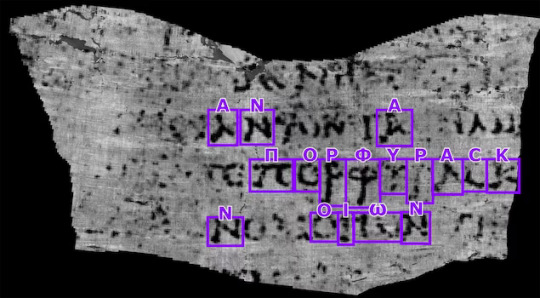
“We knew if we could read just one [scroll], then all the other ones would be available with the same method or some augmented method,” says Brent Seales, a computer scientist at the University of Kentucky who’s been trying to decode the Herculaneum scrolls for the last 20 years and leads the university’s Digital Restoration Initiative. “And this is a big moment because we are now proving not just to ourselves but to the entire global community that the scrolls are readable.”
Reading the Herculaneum scrolls, he says, will help connect us to the past in “astounding” ways.
“These people were humans just like us,” Seales adds. “These were intellectuals. Their thoughts were complex. It says something about what it means to be human to be able to read a thought that came directly from a single person or a group of people so long ago.”
An era ‘shrouded in mystery’
Since the mid-1700s, people have made various attempts at reading some of the less damaged scrolls from Herculaneum. One method involved cutting the scrolls in half and scraping away layers one at a time to see the text inside; another involved slowly unwinding the scrolls with a specially built machine. Though these 18th and 19th century efforts did allow conservators to copy down some of the words inside, they often damaged—or, worse, totally destroyed—many of the scrolls in the process.
Many of the previously opened scrolls revealed Greek philosophical texts, including some by philosophers Epicurus and Philodemus. But, by and large, the contents of the unopened scrolls are unknown—and that’s part of what makes the quest to open them so enticing. On top of that, the Herculaneum scrolls, discovered in a villa likely belonging to Julius Caesar’s father-in-law, represent the largest known surviving library from classical antiquity. Revealing their texts would be a boon to historians and to our collective understanding of the past.
“Some 95 percent of the material from the classical period is lost, so we just don’t have anything, and yet we know it was one of the most important philosophical periods of humanity,” says Seales. “It’s an era shrouded in mystery for which we’ve lost most of the material.”
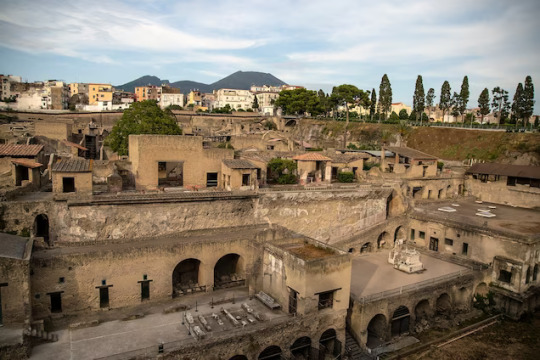
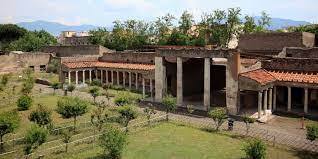
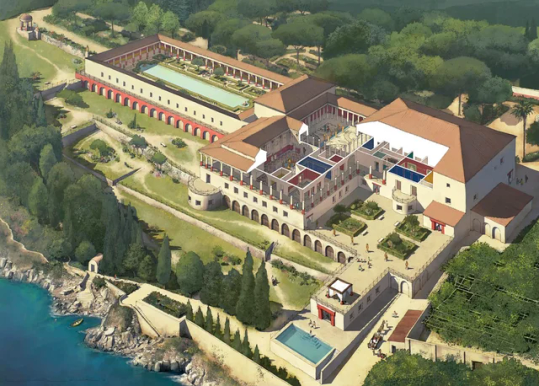
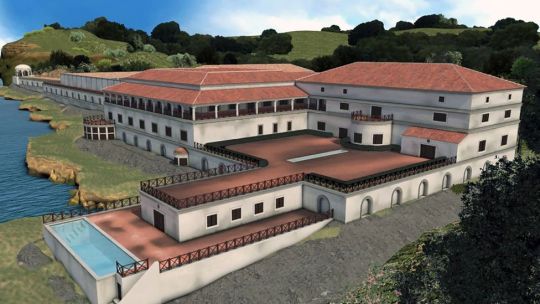
Between 500 and 600 carbonized scrolls from Herculaneum—kept in museum, university and national collections in England, France and Italy—remain unopened, though the exact figure is hard to estimate because many are fragmented. The scrolls are extremely brittle, which means physically unrolling them is not a viable option. “If you drop one, it would shatter like glass,” Seales explains.
Technological advancements since the early 2000s have helped researchers overcome this hurdle, including using CT scans to make 3D images of ancient scrolls. From there, the Digital Restoration Initiative team developed software that could “virtually unwrap” the 3D images to produce flattened segments. This method enabled them to read previously hidden text from the Ein Gedi scroll, a charred and fragmented scroll from the Middle East dated to the third or fourth century A.D.
When researchers tried to use this method to read the scrolls carbonized by Vesuvius, however, they ran into another roadblock. The ink used on the Ein Gedi scroll contained metal, which meant the letters were visible on the CT scan. The Herculaneum scrolls, by contrast, were written with carbon-based ink, which, to the human eye, makes the symbols indistinguishable from the carbonized papyrus on the CT scans.
Undeterred, researchers wondered if higher-resolution scans of the scrolls produced by a particle accelerator could provide an even more detailed view of the carbonized papyrus. Sure enough, at very high resolutions, the scans revealed visible areas where the ink slightly altered the shape and texture of the papyrus fibers. “The carbon-based ink sort of fills in the holes that are the grid of the papyrus—it coats them and makes them a little thicker,” says Seales.
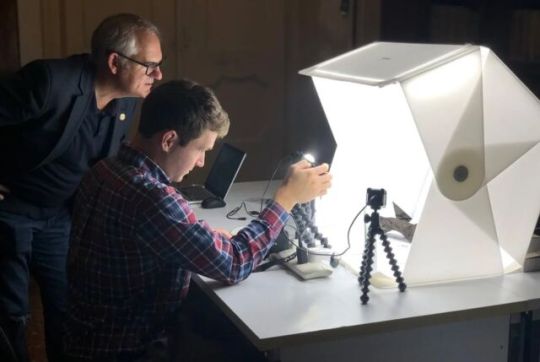
Seales and his Digital Restoration Initiative colleagues then developed and trained a machine learning model to detect these subtle differences in the carbonized papyrus surfaces. But to take the project any further, they needed human beings to help. That’s where the Vesuvius Challenge comes in. Hoping to harness the collective power of citizen scientists around the world, Seales teamed up with Silicon Valley investors and put his team’s data, code, and methods online for anyone to access. The challenge’s pitch? After 275 years, the puzzle of the Herculaneum scrolls has been reduced to a software problem—one that anyone, anywhere with access to a computer could, in theory, contribute to solving.
In March, the challenge team released thousands of 3D images of two rolled-up scrolls, as well as a machine-learning algorithm trained to detect the invisible letters and symbols written on the layers of carbonized papyrus. They also offered $1 million in prize money to incentivize participants to build upon the AI technology and, ultimately, speed up the deciphering.
Two competitors extracted the new snippet of text separately: Luke Farritor, a 21-year-old undergraduate at the University of Nebraska-Lincoln, and Youssef Nader, a 26-year-old doctoral student at Freie Universität Berlin. Because Farritor revealed the text first, he wins $40,000, while Nader wins $10,000. Papyrologists also authenticated their findings.
Still on the line is the $700,000 grand prize, which will go to the first person or team that can reveal at least four separate passages from the two scrolls. Each passage must contain at least 140 characters of continuous text, with no more than 15 percent of the characters missing or illegible, by the end of 2023.
Citizen scientists can find everything they need online, from the history of the scrolls themselves to downloadable data, algorithms, and tutorials. And while the contest is open to anyone, it’s technical work that’s so far mostly attracted computer scientists who are already well-versed in machine learning. Competitors are helping advance the project forward by virtually unwrapping additional sections of scrolls via software and methods developed by Seales; they’re also working to improve the machine learning model by providing it with additional training examples from the newly unwrapped digital segments of papyrus.
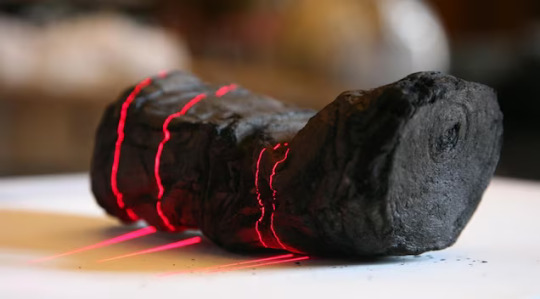
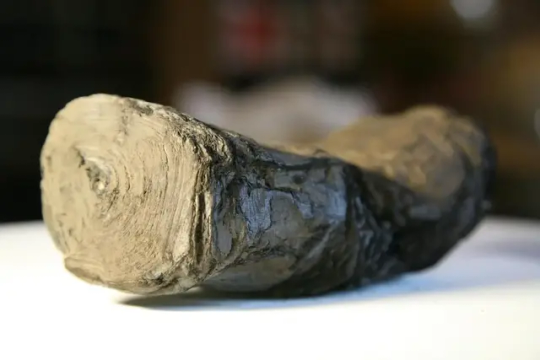
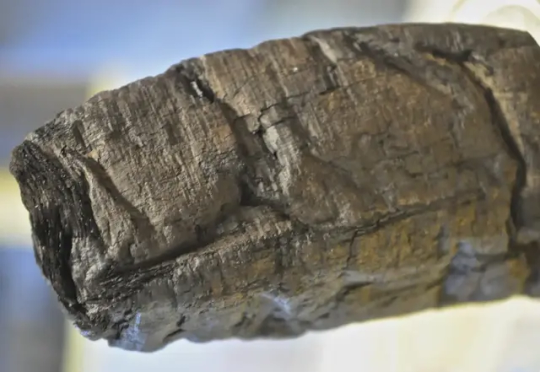
‘The scrolls are readable’
The competitors—an estimated 1,500 to 2,000 of them in total, according to Seales—have done their part. In just six months, they’ve made huge strides toward solving this puzzle, including the three full lines of text that Farritor and Nader recently revealed. “We’ve seen 10 or 20 person years of work from these competitors,” says Seales.
So, what’s motivating the contestants to volunteer hours and hours of their time toward the project? The prize money is a big factor (both Nader and Farritor say they want to win the grand prize) but, on top of that, some competitors are simply intrigued by the scrolls themselves. “When things were a bit frustrating and things were not working, I felt like I was unable to give up because I was just too curious—I really need to know what’s going on here,” says Nader.
There’s also the allure of working on a project backed by Silicon Valley entrepreneurs and investors. Former GitHub CEO Nat Friedman launched the contest, along with venture capitalist Daniel Gross; other startup founders and investors also chipped in prize money. “There’s kind of this Silicon Valley prestige,” says Farritor, who spent the summer interning at SpaceX.
From here, the machine learning model should continue to improve even more and reveal additional letters until, ideally, researchers will be able to decipher all of the Herculaneum scrolls. These efforts could pave the way for future excavation work at Herculaneum, where some experts believe even more scrolls are still buried.
“Some people might think, ‘What are you going to all that trouble for?’ but I don’t believe that,” says Seales. “This is an amazing period in human history. We’re talking about more works from that period. Yeah, I want more, I want it all.”
By Sarah Kuta.
#AI Helps Decipher First Text of Unreadable Ancient Herculaneum Scroll#Mount Vesuvius#herculaneum#herculaneum scrolls#Villa of the Papyri#pompeii#ancient artifacts#archeology#archeolgst#history#history news#ancient history#ancient culture#ancient civilizations#roman history#roman empire#roman art#long reads
63 notes
·
View notes
Link
0 notes
Text
Scientists Are Close to Decrypting the Ancient Scrolls Buried by Mt. Vesuvius
For centuries, these texts have been frozen in time. What will they say?
— By Tim Newcomb | March 20, 2023

Wikimedia Commons
The 79 A.D. eruption of Mount Vesuvius buried hundreds of scrolls that researchers now think they can read with AI.
The charred scrolls can't be unrolled, so X-ray images are needed to look at the layers of ink.
A University of Kentucky Professor has started a Vesuvius Challenge to attract others to decode the scrolls.
More than 600 scrolls originally buried by the eruption of Mount Vesuvius in 79 A.D. could contain potential treasures from the time ranging from unread poems by Greek poet Sappho to early Christian philosophy. But, as of yet, we can’t read them because the scrolls are charred shut.
Researchers hope that the use of artificial intelligence—and the incentive of $250,000 in prize money—will unlock insight into the contents of two specific scrolls.
The eruption of Mount Vesuvius killed thousands in Pompeii and Herculaneum. It also, in a way, froze time for those cities. The heat of the eruption carbonized many scrolls, including two—now housed at the Institut de France—that were unearthed in the 1750s excavation of a villa some believe was owned by Julius Caesar’s father-in-law. While most ancient texts from that day succumb to decay, these scrolls have not.
In the hopes of revealing the secrets of these surviving scrolls, University of Kentucky professor Brent Seales has launched the Vesuvius Challenge, in which people from all over the world are asked to help parse through data collected by Seales and his team.
The group, as reported by Curiosmos, crafted an artificial intelligence program that takes X-ray images of the papyrus and inputs it into an algorithm to help read the Greek letters and symbols from the multiple layers of the rolled scroll. This system can differentiate between the thin layers of the rolled-up papyrus, allowing the scroll to be deciphered.
Those X-ray images are open to research teams joining the hunt for the text locked in the scrolls in the Vesuvius Challenge. A $150,000 prize awarded to the first team to read four passages of text from inside the scrolls in 2023, and the whole challenge comes with a reward of up to $250,000 in prize money.
Who knows what they’ll find?
— Tim Newcomb is a Journalist based in the Pacific Northwest. He covers Stadiums, Sneakers, Gear, Infrastructure, and more for a Variety of Publications, including Popular Mechanics. His favorite interviews have included sit-downs with Roger Federer in Switzerland, Kobe Bryant in Los Angeles, and Tinker Hatfield in Portland.
0 notes